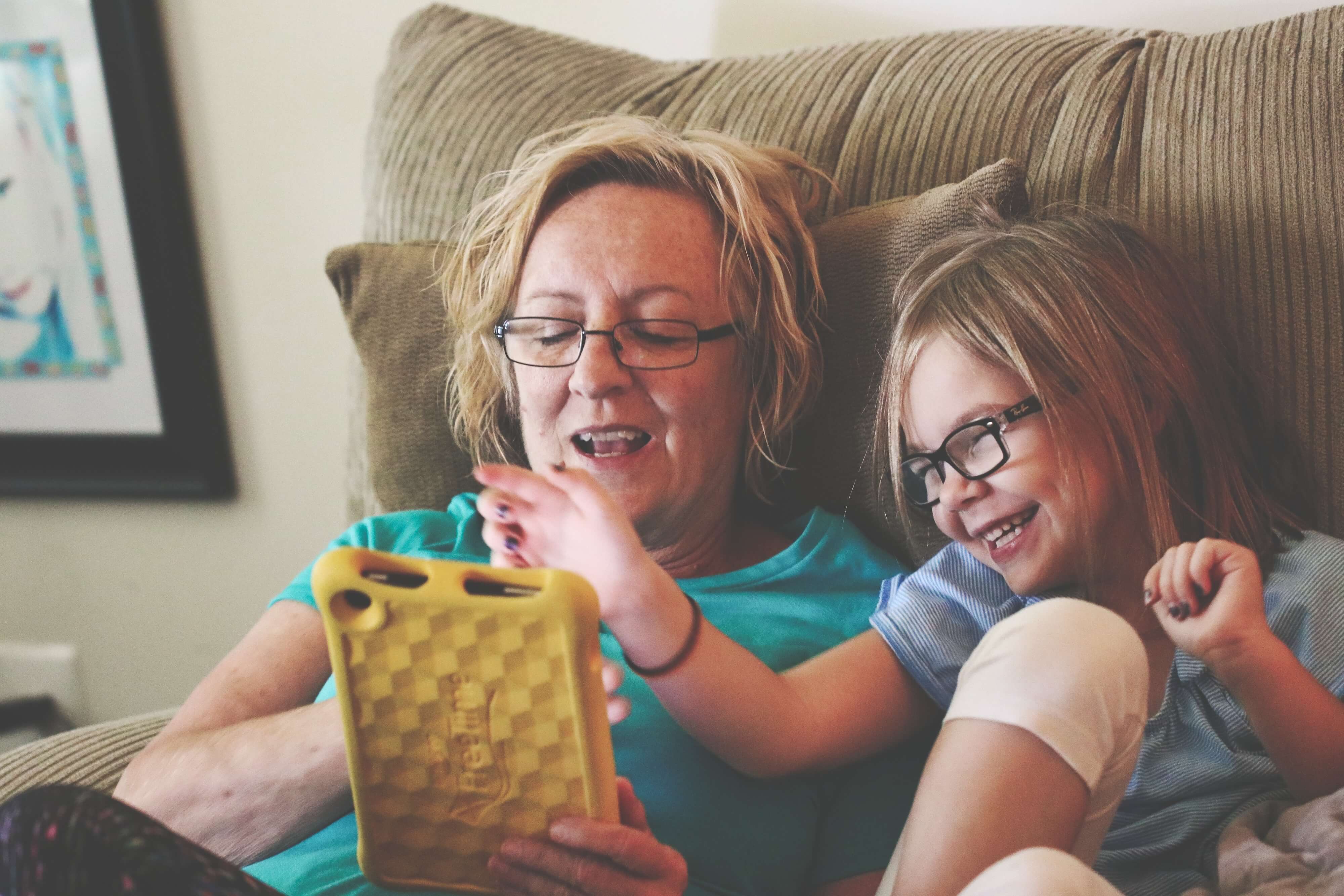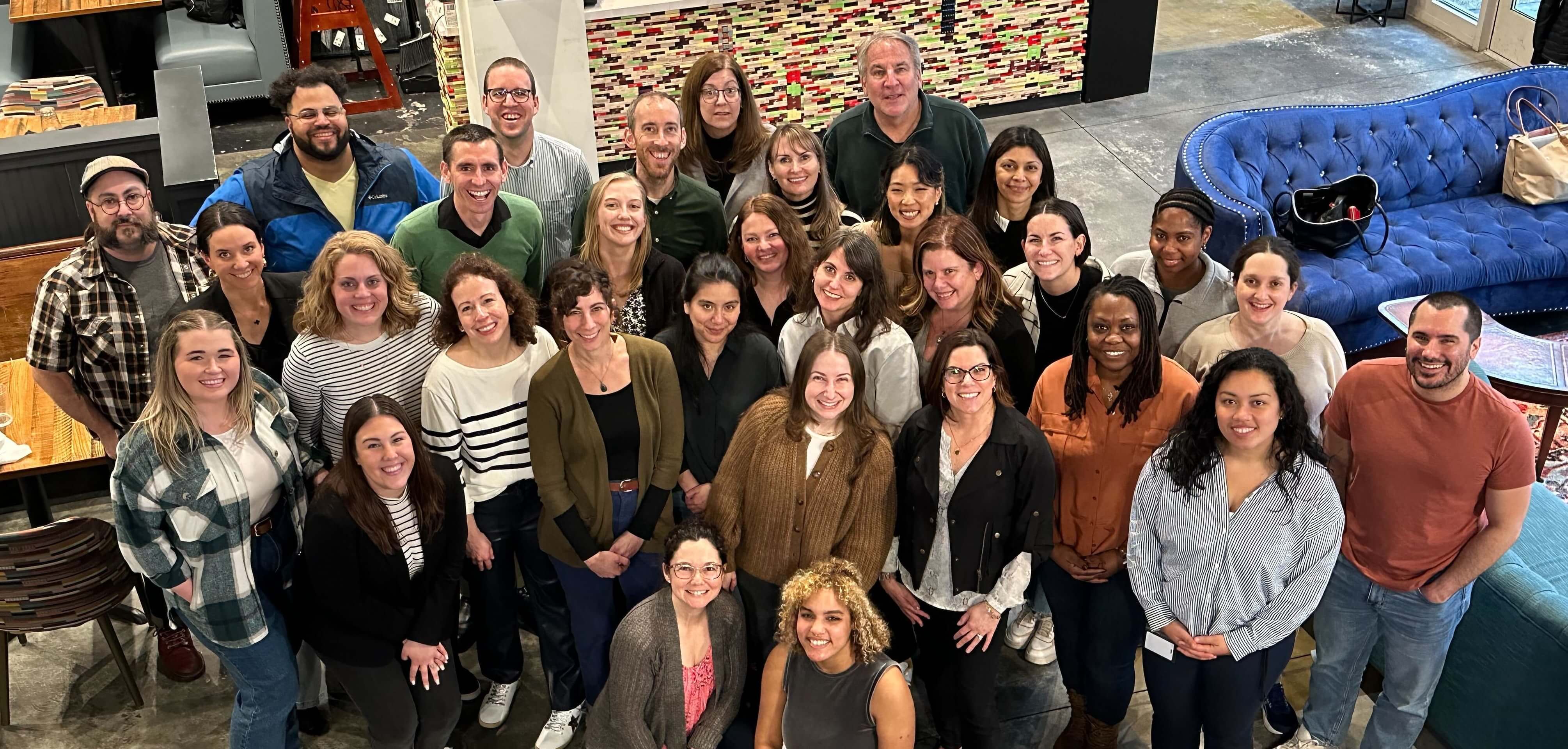Get Up to Speed About Better Decision Making with These 5 Essential Articles

Once you catch the bug of better decision making (it’s real, I swear!), you’ll find yourself snapping up every new book on the subject and identifying opportunities in everyday life to apply what you’ve learned. But when your interest in decision skills is brand new, you need resources that will get you up to speed about the elements that guide an effective decision making process, the influences that shape the frames we bring to our decisions, and the cognitive biases that can distort our thinking about decisions.
To get a primer on making better decisions in your personal and professional life, read these essential articles and share them with your colleagues as you start the conversation about introducing Decision Education at your school:
Thinking, Fast and Slow by Daniel Kahneman: Review by Jim Holt (New York Times)
Thinking, Fast and Slow is a foundational text about how the human mind forms judgments and makes decisions under uncertain conditions, based on decades of research Kahneman conducted with his academic partner Amos Tversky. It’s also approximately 500 pages long. Although it’s a lively read, it obviously takes some time and Holt’s review provides a 15-minutes-or-less version that outlines the crucial concepts including how:
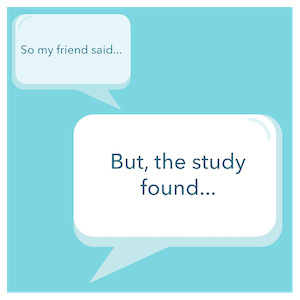
- System 1 thinking produces a “quick and dirty draft of reality” that serves us well as we make minor decisions in everyday life but also leads us to jump to conclusions, whereas our System 2 thinking reasons with more effort but is easily exhausted.
- Cognitive biases like base-rate neglect, planning fallacy, and loss aversion distort our judgments.
Thinking, Fast and Slow doesn’t promise clear solutions for better thinking, but it justifies the quest to discover them.
A big takeaway: You’ll start to look for hard facts and realistic probabilities to support your judgments instead of defending them solely with personal anecdotes.
“Outsmart Your Own Biases” by Jack B. Soll, Katherine Milkman, and John W. Payne (Harvard Business Review)
This article blends insights from the research of Kahneman and Tversky and the decisions of business leaders to provide concrete tips for making better choices including how to:

- Steer clear of making decisions when you’re fatigued, stressed, or multitasking.
- Resist the urge to seek closure too quickly. Instead, think broadly about the objectives for making the decision, the alternatives that you could consider, and the range of possible outcomes that could result from picking those alternatives.
- Push yourself to consider the risks instead of believing optimism alone will help you prevail.
- Use choice architecture to construct environments that nudge you to pick alternatives that benefit you.
A big takeaway: Taking your time to make decisions doesn’t mean you just wait longer before you take action. Instead, view your decisions from multiple perspectives and consider how they could impact you at different points in the future.
“The Premortem” by Richard Thaler (Edge.org)

If you imagine what could go wrong when you choose an alternative, you’re still likely to be overly optimistic about that course of action and fail to consider others. But if you imagine what did go wrong when you made that choice and “write a brief history of the disaster” as Thaler recommends, you’ll probably realize that it’s a good idea to analyze other alternatives. A premortem will also expose the risks, so even if you stick with the alternative you originally preferred, you’ll be encouraged to make adjustments that will support its success.
A big takeaway: Thaler asks us to consider “how many wars might not have been started if someone first asked: We lost. How?” In other words, conducting premortems helps us be more realistic about the pitfalls we might encounter if we select a certain alternative.
“How to Make a Big Decision” by Steven Johnson (New York Times)
Johnson calls out an important reason why we need Decision Education: the science of making decisions has evolved, but most of us haven’t expanded our toolkits beyond practices like pro-con lists. This article extends some of the main points from Thinking, Fast and Slow and “Outsmart Your Own Biases” with ideas including how to:
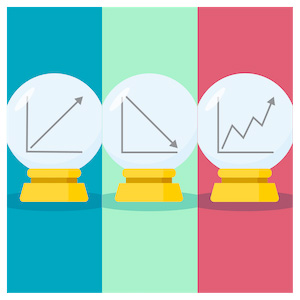
- Apply a version of the Weight & Rate Method to clarify your values.
- Imagine three futures for each alternative you’re considering — one story about how things got better for it, another about how things got worse, and one more about how things got weird.
- Select a group of people with diverse perspectives to help you.
- Conduct premortems to think around blind spots.
A big takeaway: New tools and strategies for decision making won’t make your tough choices disappear, but they will prevent narrow, haphazard approaches that often lead to disappointing outcomes.
“3 Ways to Improve Your Decision Making” by Walter Frick (Harvard Business Review)
Frick distills better decision making into three rules that reinforce one another and can apply to nearly every situation involving choice:
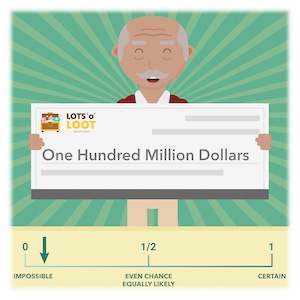
- Be less certain.
- Ask yourself, “How often does that typically happen?”
- Think probabilistically — and learn some basic probability.
Overconfidence about decision-making outcomes is a common cognitive bias because we assume the future we enjoy imagining is the one that’s going to happen. And who wants to slow the momentum by thinking about scenarios we don’t expect? We may even think it seems defeatist to express any doubt about a plan (especially in a group). However, we’re more likely to be satisfied with a decision-making process when we bring a more cautious and probabilistic outlook to each step.
Whenever you imagine the positive outcome you want to result from a decision you made (like hitting the lottery, completing a half-marathon with no training, a safe transatlantic plane ride, etc.), consider the base rate. In other words, search for statistics to help you form an accurate judgment about how likely it is to happen. If you can’t find hard numbers, try to come up with as many examples related to your decision as you can and note how they turned out. When you get in the habit of taking the “outside view” by acknowledging what’s true for most people (instead of getting bogged down by your emotions and the specifics of your situation), you’ll make better judgments when you’re getting ahead of yourself with enthusiasm and also when fear is holding you back.
A big takeaway: Consider the base rate when making predictions and judgments as you consider a decision.
These five articles will provide you with a concise introduction to the quirks of the human mind that make decision making difficult, along with some strategies that have been helping people make better decisions in business, technology, and government over the past few decades. As you apply these strategies to planning and initiatives at your school, including efforts to incorporate Decision Education into your curriculum, we welcome you to share what you’re learning with our growing community. Please reach out in an email or connect on Twitter!
Illustrations by Dan Donaldson
